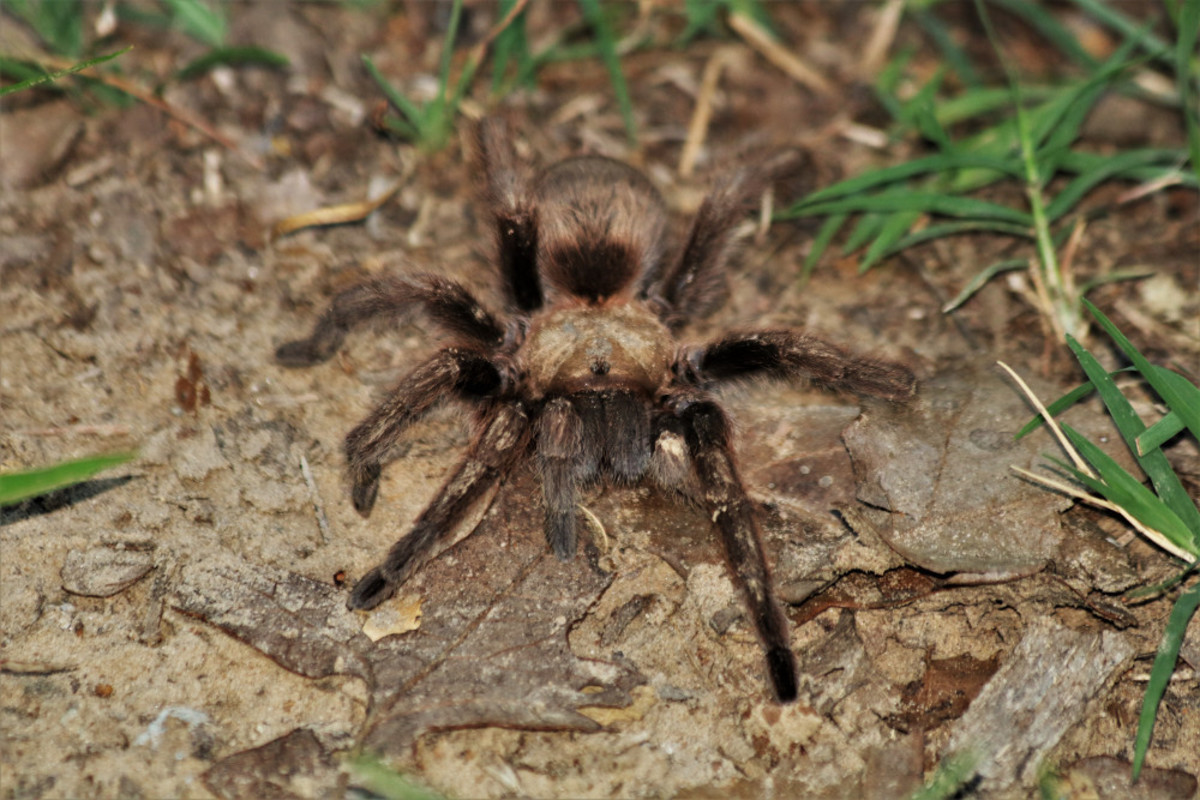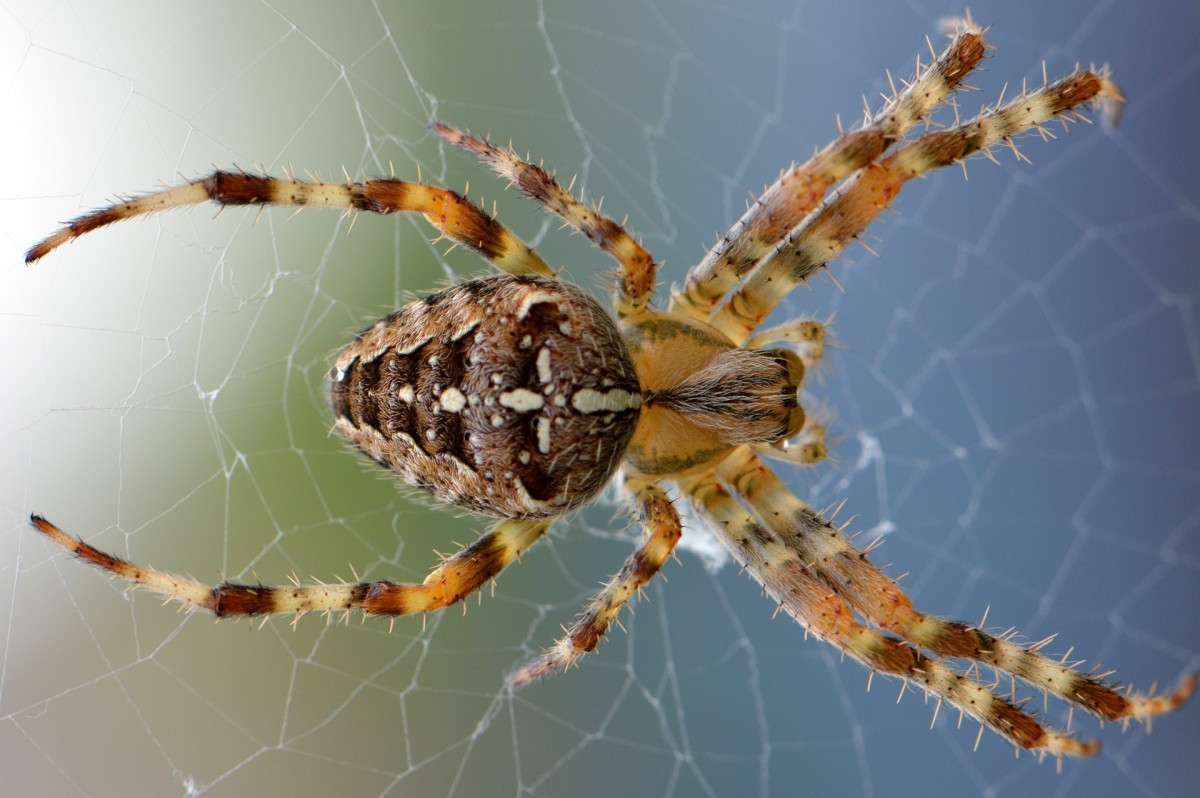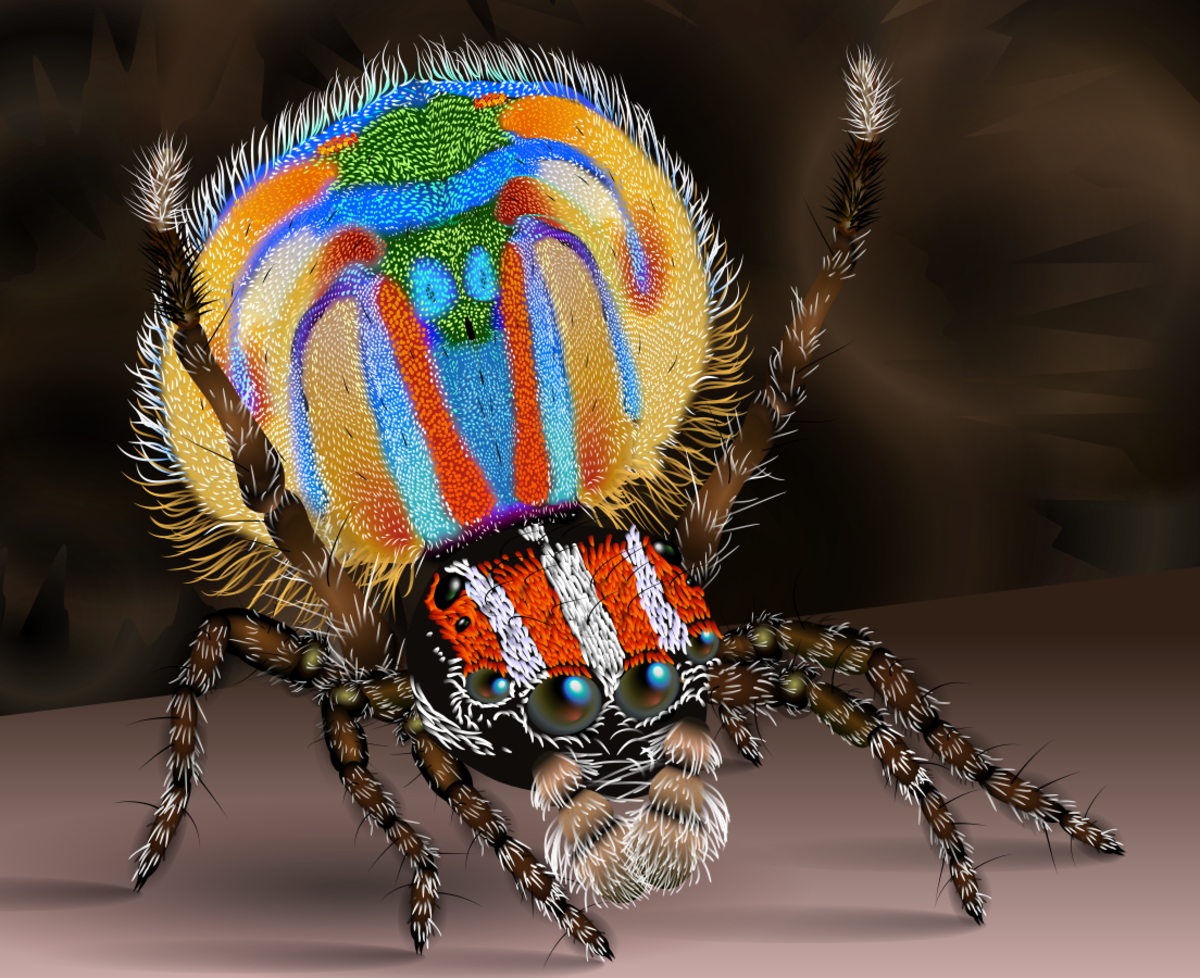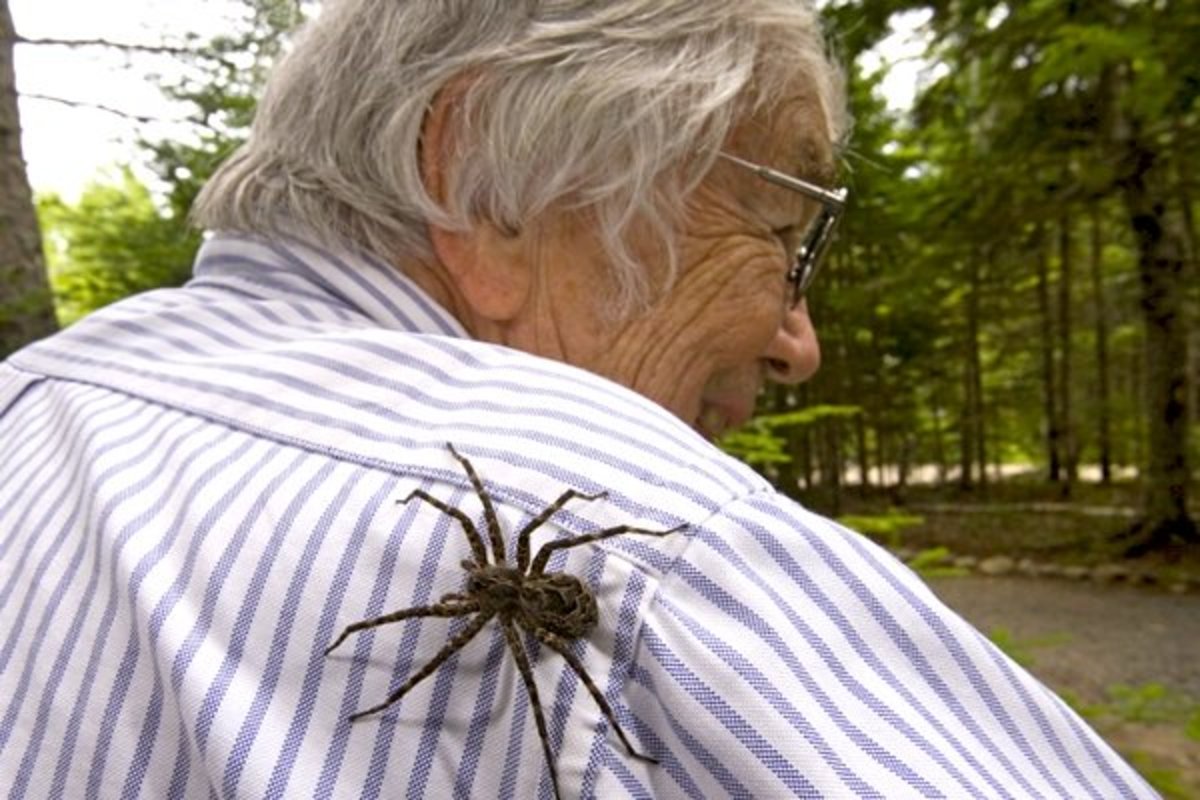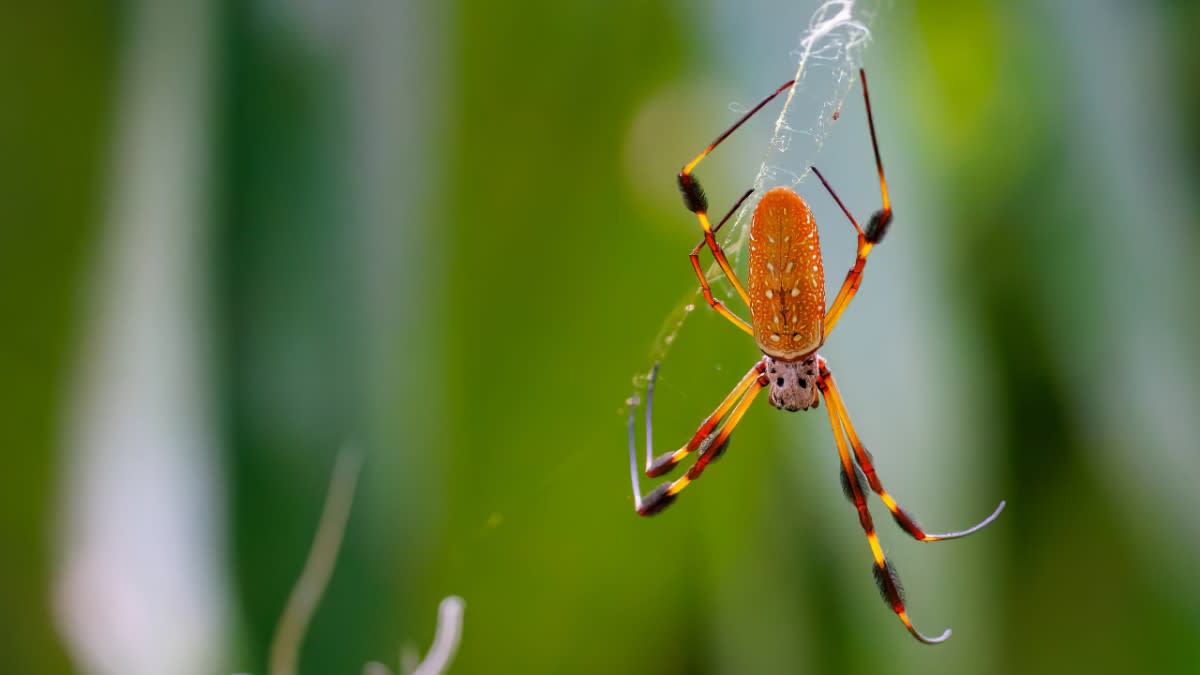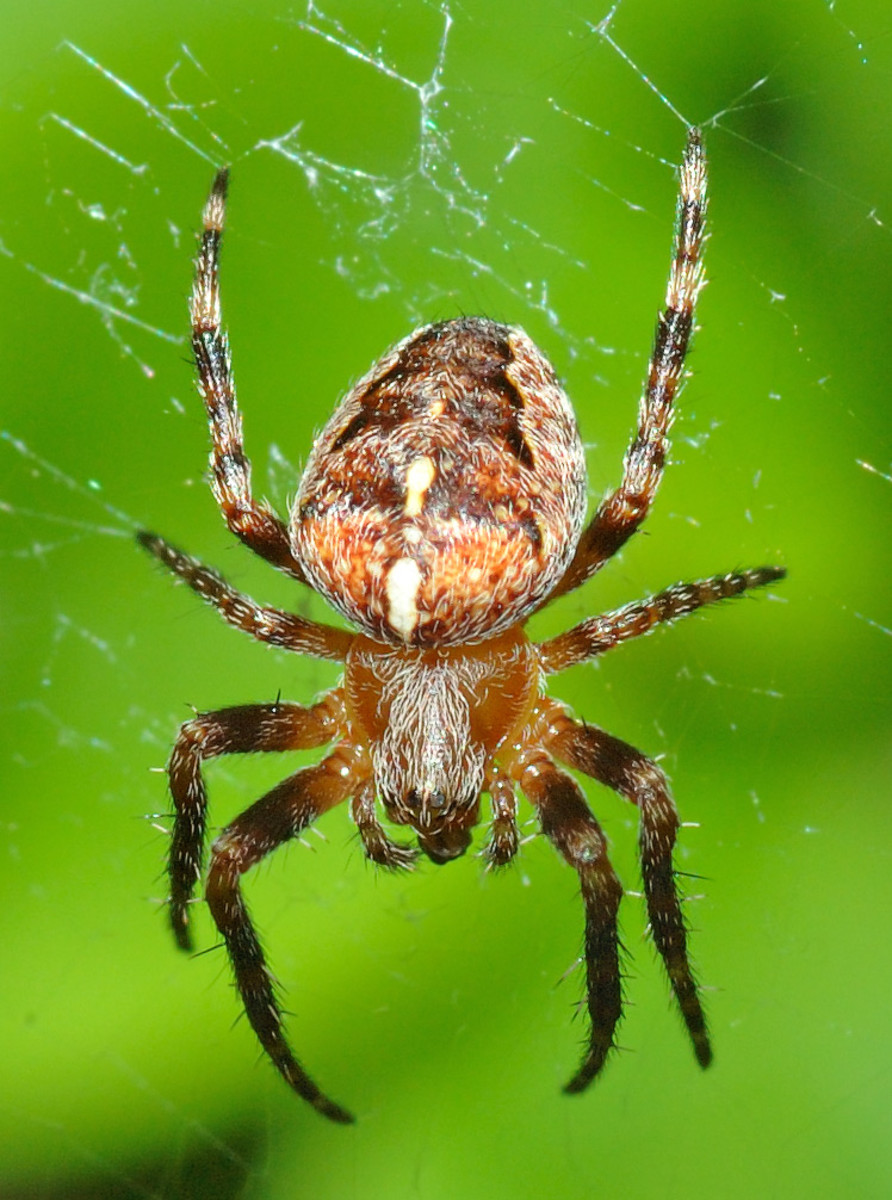- HubPages»
- Education and Science»
- Life Sciences»
- Entomology
5 Spider Facts
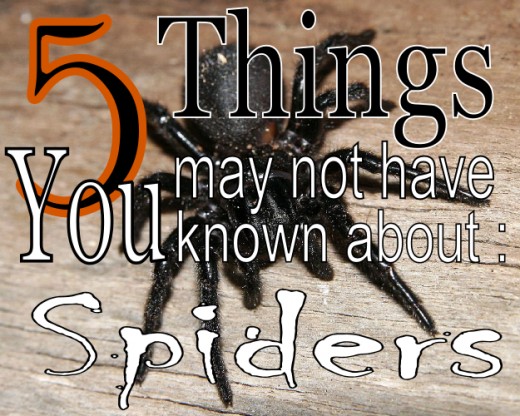
Not many creatures on our fair planet invoke a reaction like a spider.
Spiders are the stuff of nightmares for some people and spiders are the source of panic in others. But despite their creepy reputation, spiders are quite amazing creatures that do more good than harm.
It has been reported that you are never more than 3 feet away from a spider no matter where you are. That is a little unsettling if you have a fear of these little super critters but it does show their prevalence and importance in our ecosystems.
Despite the creepy feelings these little monsters instill in humans, maybe it's time to explore some of the more interesting facts about spiders. Here are five to ponder.
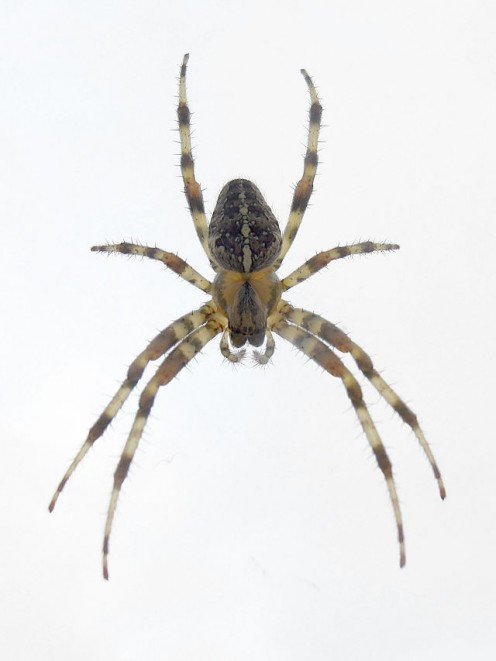
5. The Name Spider
The name 'spider' definitely gets a reaction from people but how did the eight legged creature actually come to be known as a spider? A strange name indeed.
It seems the name spider originated in the Old English language as spīthra which translates literally to "the spinner". And then in the late 14th century is changed to spydyr.
It was eventually changed to spider, the name we know and love today, over the following centuries. The spinner is a pretty accurate name for these amazing beasts.
As an aside, the word 'arachnid' also originates from a Greek word aráchnē which means spiders web.
Image - Trounce/Wikimedia Commons
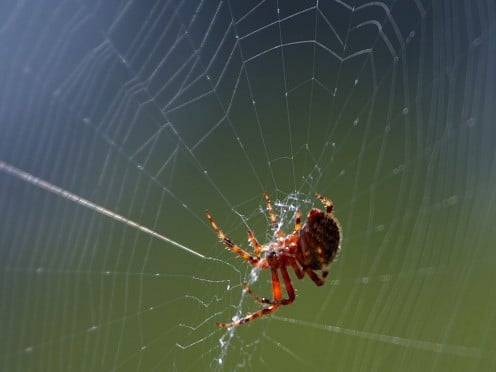
4. Skilled Hunters Spiders Be
Most everyone is familiar with a spider web stretched carefully between two branches that an unlucky fly ends up trapped in. That's because it's the most common method spiders use to capture prey. But there are some far more interesting hunting methods that some spider species have evolved to use.
The bolas spider for instance will use a single line web on which they will place a sticky ball at the end. They then attract moths using special pheromones they secrete and swing the web line at the moth using one of their front legs. The sticky ball hits the moth and the happy spider reels it in.
Another interesting technique is used by the trapdoor spider. As it name suggests a trapdoor spider lives in a burrow or hole over which the spider constructs a trap door. When unsuspecting prey happens to walk by out will pop the spider who grabs it and pulls it to meet it's untimely end.
Image - Man-ucommons/WikiCommons
Spider Hunting Techniques
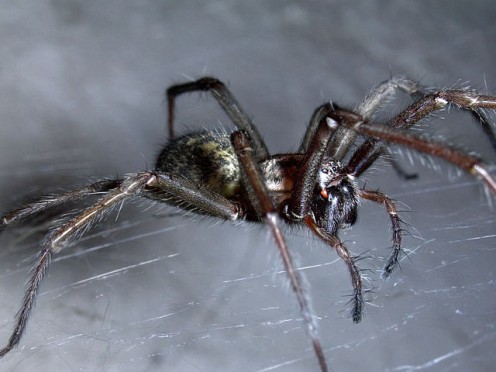
3. Hydraulic Locomotion Systems
It's no secret that spiders have eight legs but most people don't know that spiders used hydraulic pressure to extend their limbs. An efficient pump system allows a spider to push fluid to it's leg which extends it, a sort of spring hing at the joints of the leg automatically retract when no fluid pressure is exerted.
This locomotion feature is the reason you will often find a dead spider with it's legs all curled up towards it's body. It was the loss of internal pressure that caused the spring hinges to retract it's legs.
A spider has an exoskeleton or a hard outer shell that allows the fluid pressure to be maintained. If it suffers a puncture or crack in its shell it often won't last long.
Image Source - Galak76/Wikicommons

2. Spiders Have Been Around A Long Time
Fossils of spiders are rare because of a spiders relatively delicate structure but they do exist and they date back quite awhile back. The oldest silk producing arachnid fossil dates back 386 million years ago.
Other ancient evidence of spiders and their activities have been found in amber (fossilized tree sap) dating back 130 million years. Amber showing spider killing prey, mating and producing silk have been found and recorded.
The modern forms of spiders that we know and love today first appeared in the Triassic period over 200 million years ago. Our modern spiders have not changed much at all form their ancient ancestors but why would you need to change a perfect hunting machine?
Image - Paul A. Selden/WikiCommons
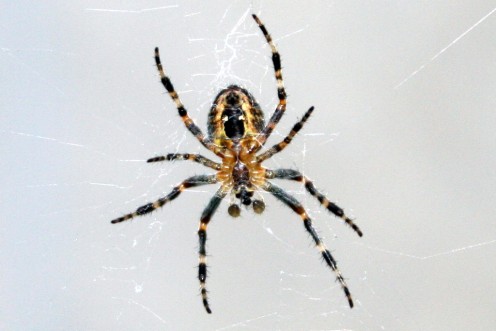
1. Fear of Spiders
The fear of spiders is known as arachnophobia and affects between 4 and 6 percent of the world's population. It can cause sweating, crying, panic attacks, trouble breathing and even heart trouble in people with the fear.
This phobia may be an evolutionary response of humans developed by our ancestors to help avoid being killed by a poisonous creature although some cultures show no fear of spiders at all even including them as a food source.
Rest assured that only a small number of spiders can actually harm humans and they are likely to do so only when threatened by people. So try your hardest not to squish them and just let them be in the hopes that they are getting rid of the real bothersome insects in your home.
Image - Abrahami/WikiCommons
Your Thoughts On Spiders
How do you feel about our arachnid friends?
Visit my :: HubPages profile :: for more interesting and freaky facts about all things creepy.
Spider References
- Fun Spider Facts for Kids - Interesting Information about Spiders
It might be for kids but still has some good facts about our friend the spider. - Spider - Wiktionary
Noun - spider (plural spiders) Any of various eight-legged, predatory arthropods, of the order Araneae, most of which spin webs to catch prey. - Spider | Define Spider at Dictionary.com
Spider definition, any of numerous predaceous arachnids of the order Araneae, most of which spin webs that serve as nests and as traps for prey. - Why giant house spiders are friends, not a threat
Despite looking like eight-legged crawling death, giant house spiders don’t pose a threat to anyone — but they will start invading homes as the days start to grow colder and darker. - Spiders
A site for pest control, which is not recommended for spiders unless they pose a health threat. - Spider - Wikipedia, the free encyclopedia
Spiders on Wikipedia

